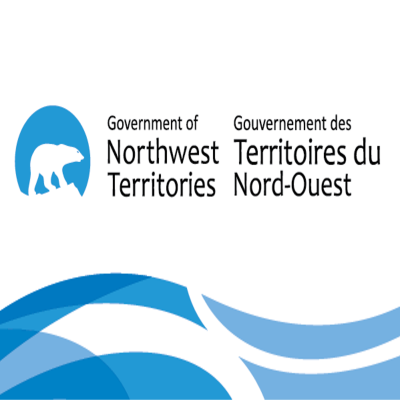ZIP
Type of resources
Available actions
Topics
Keywords
Contact for the resource
Provided by
Years
Formats
Representation types
Update frequencies
status
Scale
Resolution
-

Ecologically Based Landscape Classification Data
-

The Boreal Caribou data Package includes layers that are used for Boreal Caribou Range Planning in the NWT. This includes fire history, human disturbance, range planning regions as well as the 2020 Resource Selection Function layers for all seasons. Data sources and contact information can be found within each layer's metadata.
-

NWT Species at Risk Data
-

Coal Exploration Licences
-

Fire History
-

The dataset is a compilation of the boundaries of the 19 NWT Electoral Districts based upon the 2012 Electoral Boundary Commission and the legal descriptions found in Bill 18 of Fifth Session, Seventeenth Legislative Assembly plus any Polling Divisions within each Electoral District as determined by Elections NWT.
-

Established Protected and Conservation Areas in the NWT
-
This dataset displays the Canadian geographic ranges of the priority species identified under the Pan-Canadian Approach for Transforming Species at Risk Conservation in Canada (“Pan-Canadian Approach”). These species include Barren-ground Caribou (including the Dolphin and Union population); Greater Sage-Grouse; Peary Caribou; Wood Bison; Caribou, Boreal population (“Boreal Caribou”); and Woodland Caribou, Southern Mountain population (“Southern Mountain Caribou”). The priority species were chosen following a number of criteria and considerations in collaboration with federal, provincial, and territorial partners. These include, but were not limited to, the species' ecological role on a regional or national scale, their conservation status and achievability of conservation outcomes, their social and cultural value (particularly to Indigenous peoples), and the leadership/partnership opportunities that they present. Delivering conservation outcomes for targeted priority species can have significant co-benefits for other species at risk, and wildlife in general. For more information on the Pan-Canadian Approach and the priority species, see https://www.canada.ca/en/services/environment/wildlife-plants-species/species-risk/pan-canadian-approach.html. This dataset includes: 1) the range for the Boreal Caribou (see https://species-registry.canada.ca/index-en.html#/consultations/2253); 2) the local populations for the Southern Mountain Caribou (see https://species-registry.canada.ca/index-en.html#/consultations/1309); 3) the range for the Greater Sage-Grouse (see https://species-registry.canada.ca/index-en.html#/consultations/1458); 4) local populations for the Peary Caribou (see https://species-registry.canada.ca/index-en.html#/consultations/3657); 5) range for the Barren-ground Caribou (see https://www.maps.geomatics.gov.nt.ca/Html5Viewer/index.html?viewer=NWT_SHV English only); 6) range for the Barren-ground Caribou, Dolphin and Union population (https://www.maps.geomatics.gov.nt.ca/Html5Viewer/index.html?viewer=NWT_SHV English only); 7) range for the Wood Bison (see https://species-registry.canada.ca/index-en.html#/consultations/2914).
-

Important Wildlife Areas In The NWT
-

Proposed Protected and Conservation Areas in the NWT
 Arctic SDI catalogue
Arctic SDI catalogue